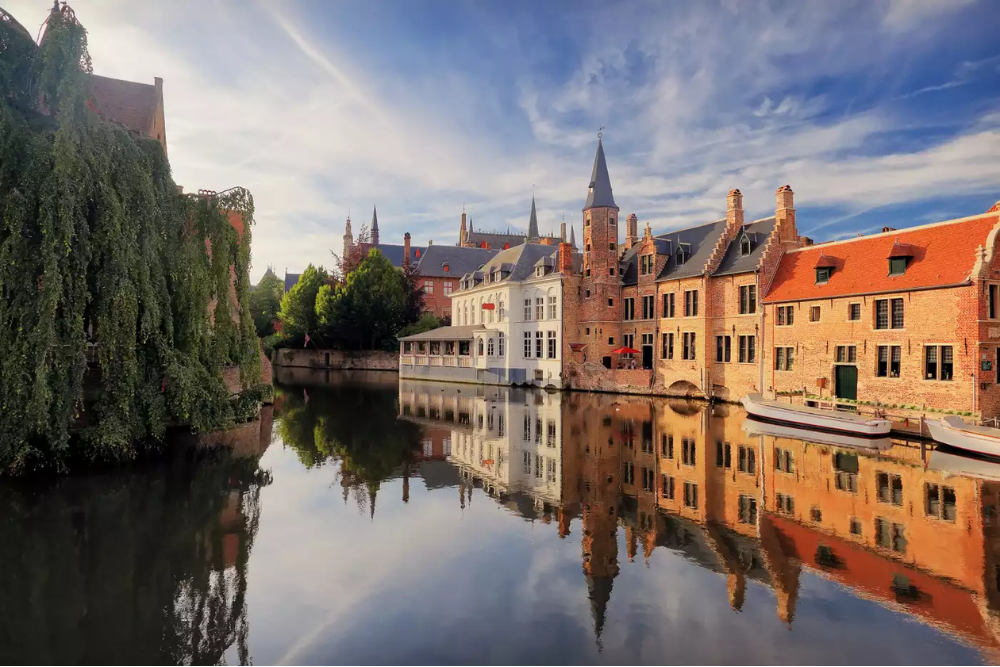Introduction
Belgium, a small but influential country in Western Europe, is renowned for its rich history, cultural diversity, and picturesque landscapes. Known as the “Heart of Europe”, Belgium is home to the headquarters of the European Union and NATO, making it a hub of international politics and diplomacy. Belgium’s history is marked by its strategic location, which has made it a battleground for European powers throughout centuries. It gained independence in 1830 and adopted a constitutional monarchy. The country showcases a blend of French, Dutch, and German cultural influences, which are reflected in its languages, architecture, and cuisine.
Paragliding in the Ardennes
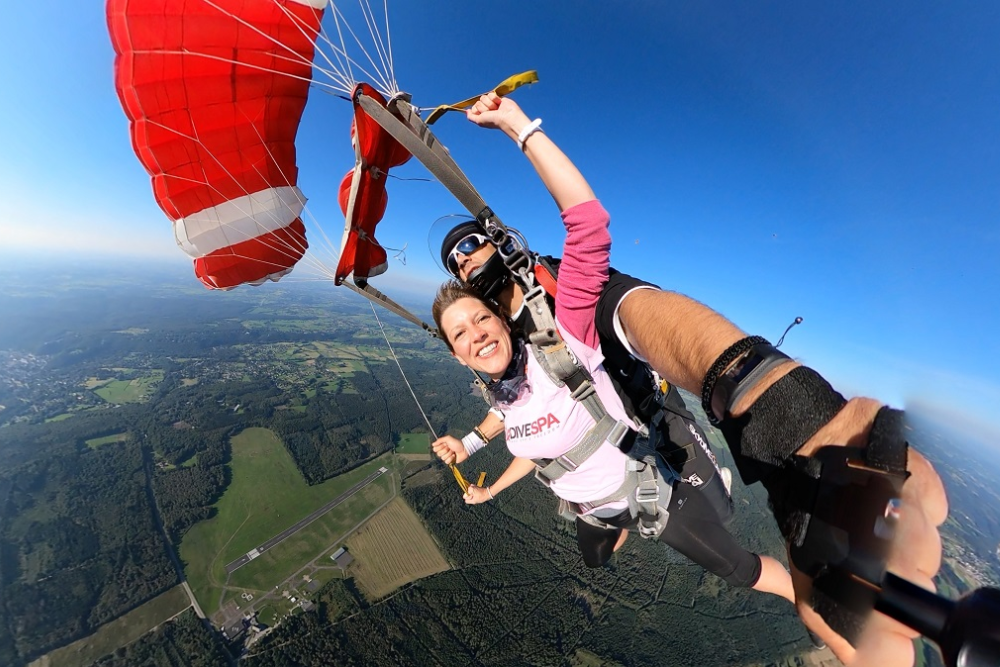
Various locations in the Ardennes For a thrilling airborne experience, try paragliding over the stunning landscapes of the Ardennes. The rolling hills and expansive views offer a unique perspective of the Belgian countryside. You can find several companies that offer tandem flights with experienced instructors, ensuring a safe and exhilarating experience.
The Ardennes

Hiking, mountain biking, kayaking, zip-lining, and rock climbing. Dense forests, rolling hills, and rivers like the Ourthe and Semois make this region a paradise for outdoor adventures. The caves of Han-sur-Lesse are perfect for spelunking enthusiasts.
Dinant
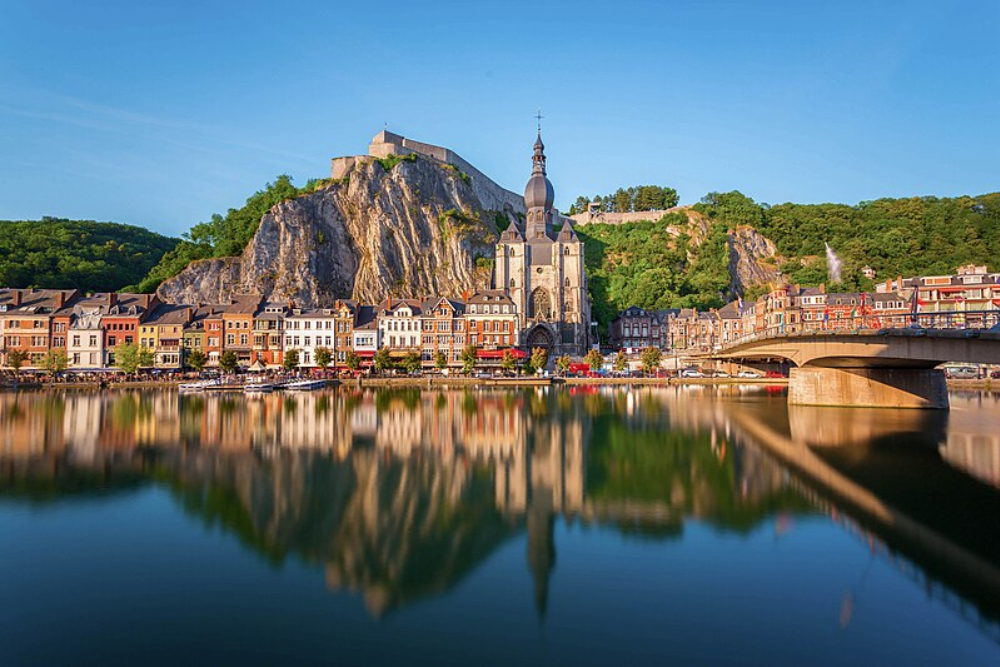
Kayaking on the Meuse River, rock climbing, and via ferrata. inant’s picturesque cliffs and river make it a hotspot for adventure. The Parc de Furfooz combines hiking with archaeological exploration. The town’s dramatic cliffs offer thrilling climbing routes, while the Meuse River is perfect for water sports.
High Fens (Hautes Fagnes)

Hiking, cross-country skiing (in winter), and nature exploration.Located near the German border, this unique nature reserve offers vast moorlands and forests for long, scenic hikes. In winter, it transforms into a snow-covered wonderland ideal for skiing.A serene yet adventurous escape for those who love wilderness and challenging trails.
Ninglinspo Valley
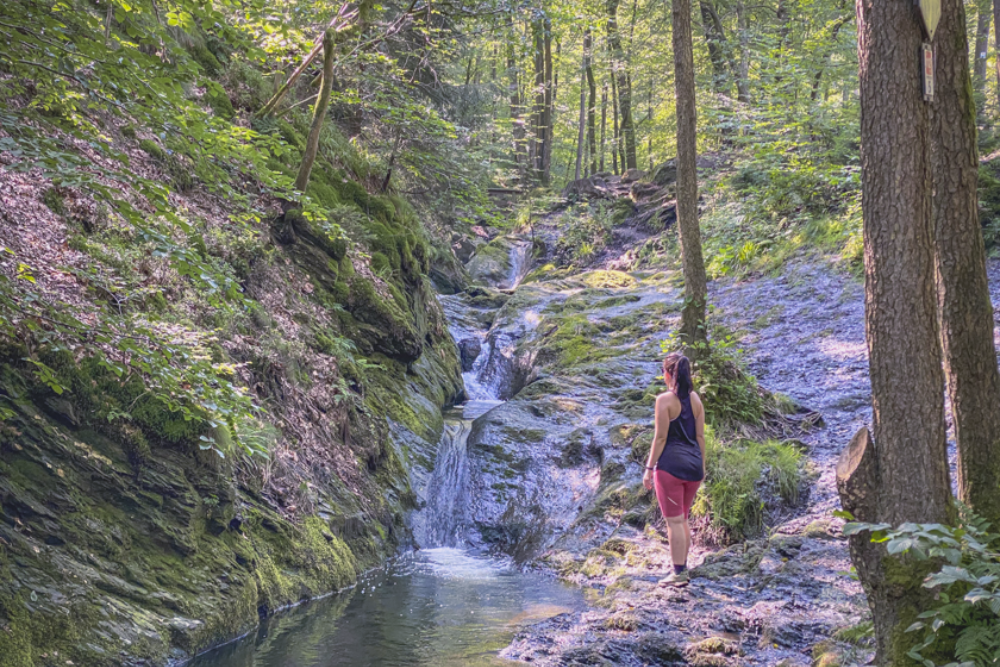
Trail running, hiking along cascading streams, and river trekking.Belgium’s only mountain river offers breathtaking trails with waterfalls, natural pools, and rocky terrain. It’s located near the Ardennes.Perfect for an adventurous day of hiking through stunning landscapes.
Adventure Park Wavre
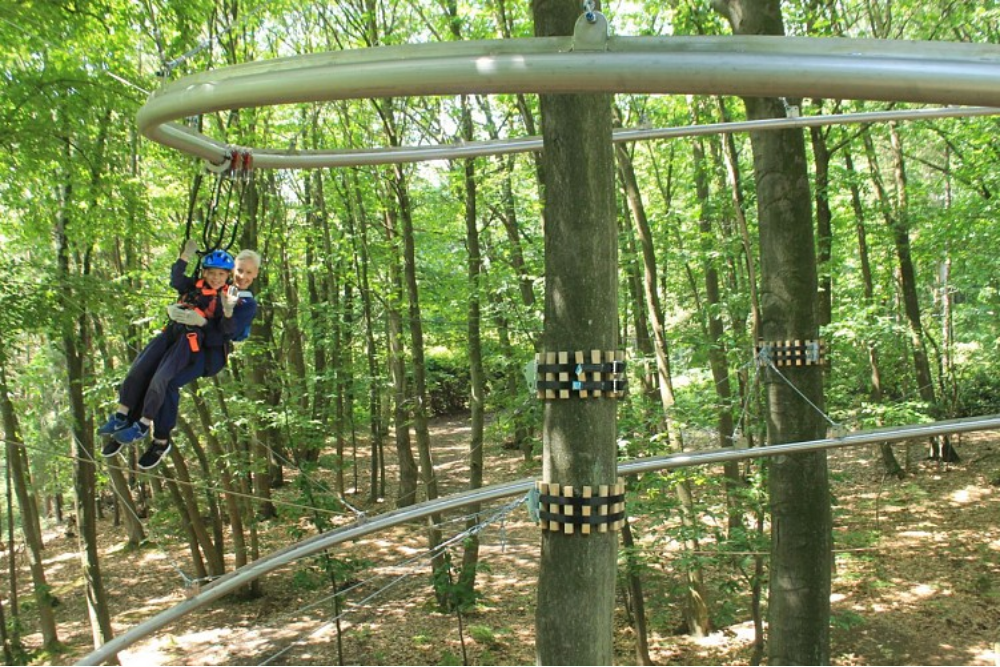
Zip-lining, rope courses, bungee jumping, and tree climbing.This adventure park near Brussels features thrilling treetop activities and zip lines that cater to all levels.A family-friendly destination for adrenaline-pumping activities in a safe environment.
Brussels
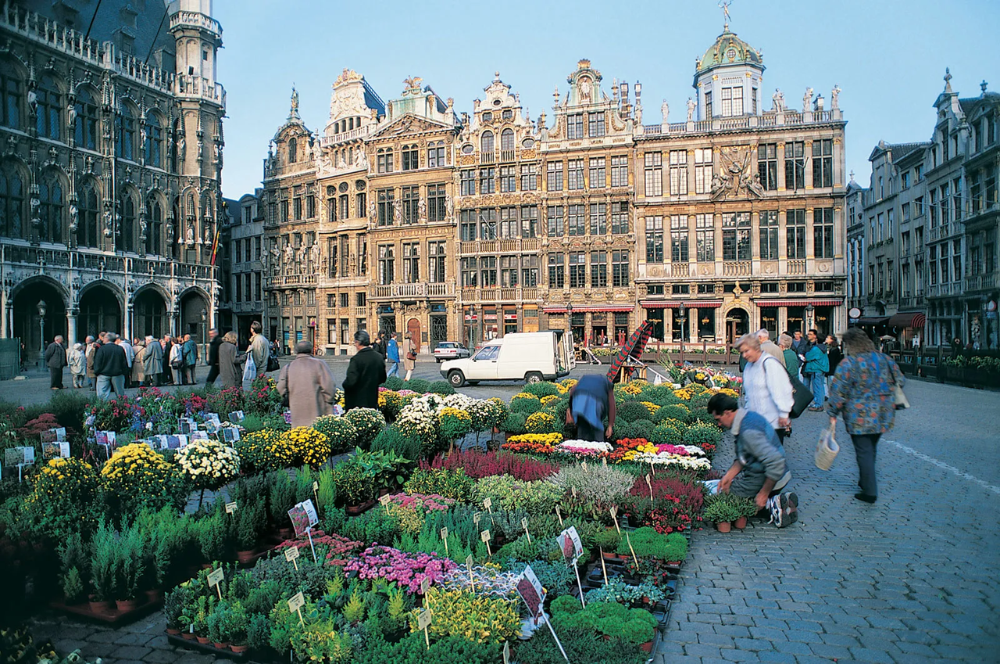
The capital city is home to the iconic Grand Place, a UNESCO World Heritage site with stunning guildhalls and the famous Manneken Pis statue. Don’t miss the Atomium, a futuristic architectural marvel, and the Royal Palace. t’s the political and cultural heart of Belgium, blending historic and modern elements seamlessly.
Bruges
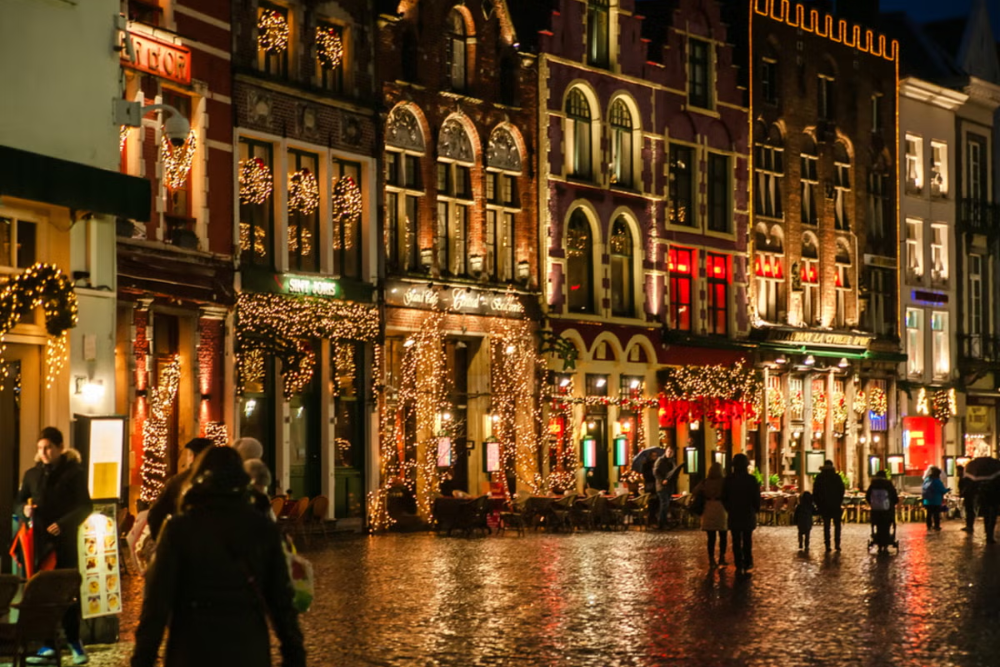
Known as the “Venice of the North”, Bruges enchants visitors with its cobblestone streets, medieval architecture, canals, and the historic Belfry of Bruges. The Lake of Love (Minnewater) adds a romantic touch. It’s a perfectly preserved medieval town and a haven for art and history lovers.
Dos and Don’ts in Belgium
Dos
- Do greet politely:
- Use a handshake or a friendly “bonjour” (French) or “goeiedag” (Dutch) when meeting someone. A kiss on the cheek may be common in social settings.
- Do respect the language regions:
- Belgium has three main languages: French (Wallonia), Dutch (Flanders), and German (small eastern regions). Speak English if you’re unsure of the local language to avoid offending locals.
- Do try Belgian specialties:
- Enjoy iconic dishes like moules-frites (mussels and fries), waffles, chocolates, and beer. Locals take pride in their culinary traditions.
Don’ts
- Don’t assume everyone speaks French:
- In Flanders, Dutch is the primary language, and some locals may not appreciate being addressed in French.
- Don’t joke about Belgium’s politics:
- The country has a complex political system and regional tensions. Avoid making insensitive comments about it.
- Don’t be loud or overly casual:
- Belgians value politeness and discretion. Loud or flamboyant behavior, especially in public, is frowned upon.
Best time to reach in Belgium
1.Spring (March to May) – Best for Blossoms and Mild Weather
-
- Pleasant temperatures (10°C to 18°C) make it ideal for exploring cities and countryside.
- Parks and gardens, like Keukenhof near the border, are in full bloom.
- Perfect for canal tours in Bruges or hiking in the Ardennes.
2.Summer (June to August) – Best for Festivals and Outdoor Activities
-
- Warm and sunny weather (18°C to 25°C) makes it great for outdoor activities.
- Popular for cycling tours, beach trips to the North Sea coast, and vibrant city explorations.
- Enjoy open-air events, concerts, and beer festivals.
3.Autumn (September to November) – Best for Scenic Beauty and Fewer Crowds
-
- Cooler weather (10°C to 18°C) and colorful autumn foliage create a magical atmosphere.
- Ideal for exploring cultural sites and quieter cities.
- Food lovers can enjoy harvest festivals and seasonal Belgian dishes.
4.Winter (December to February) – Best for Christmas Markets and Cozy Vibes
-
- Cold weather (0°C to 6°C) but magical festive charm, especially in cities like Brussels and Bruges.
- Christmas markets, ice skating, and mulled wine are highlights.
- Fewer crowds at tourist spots.



